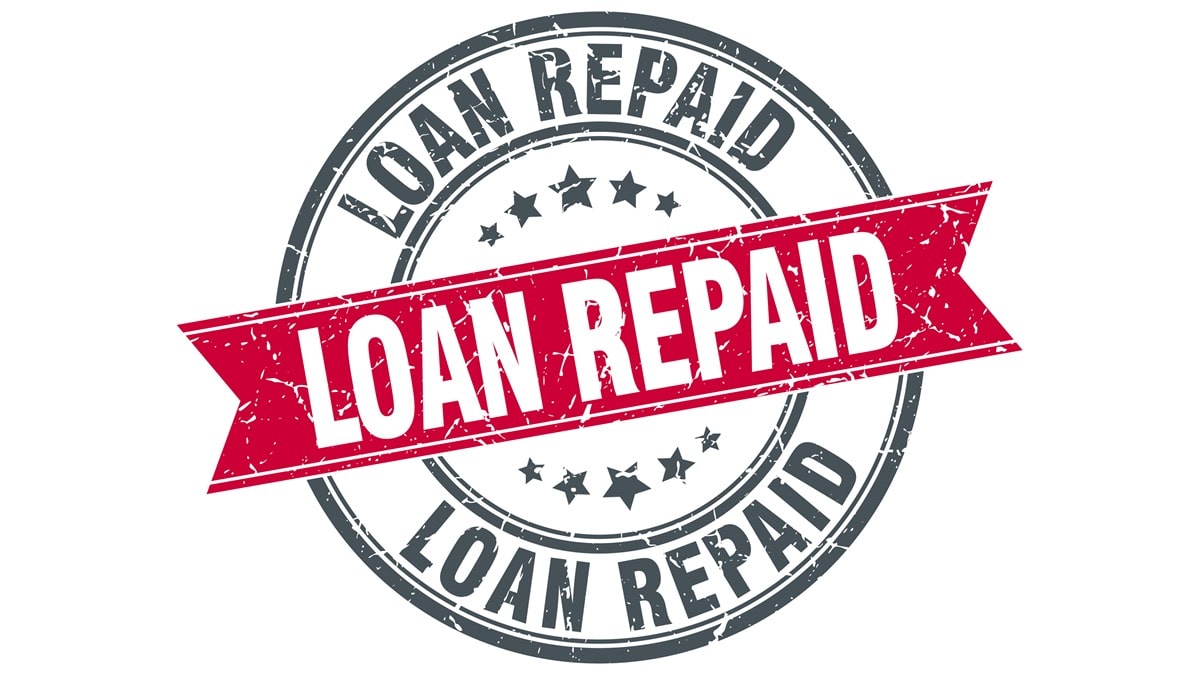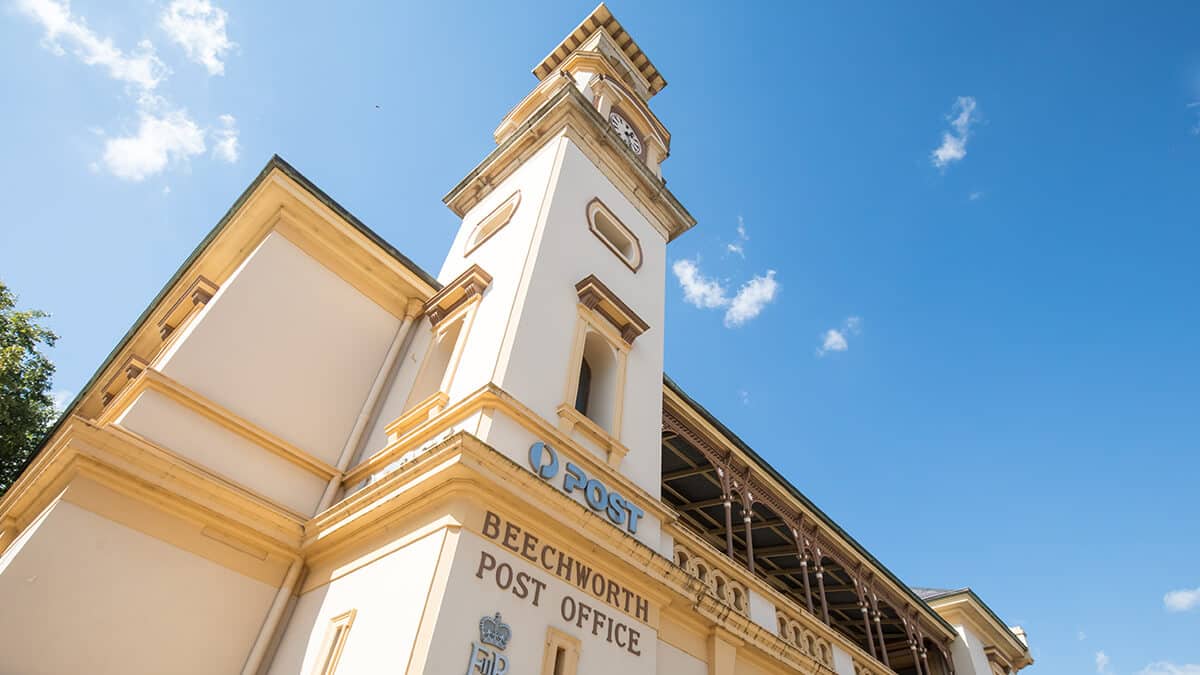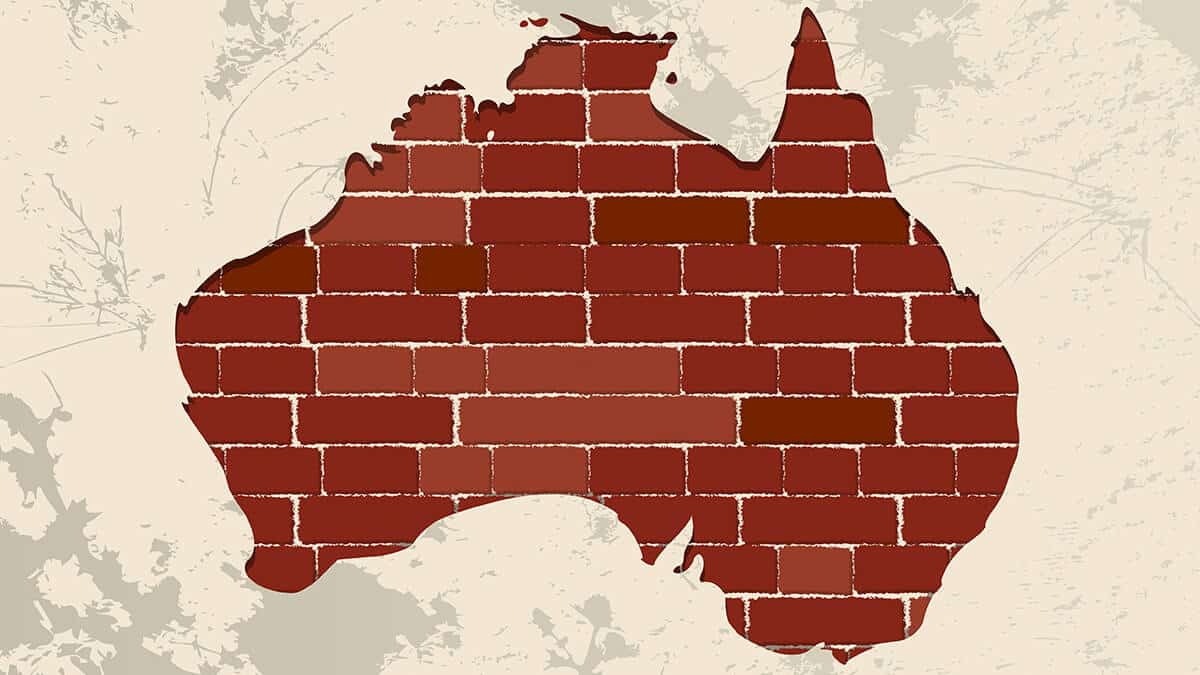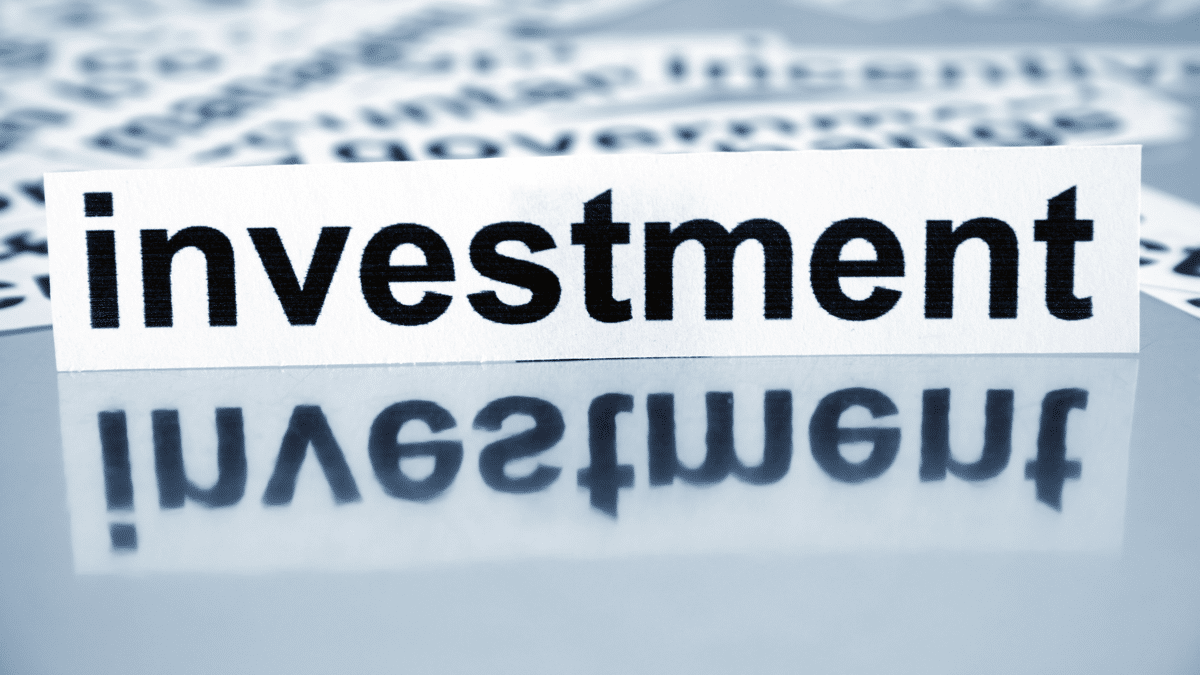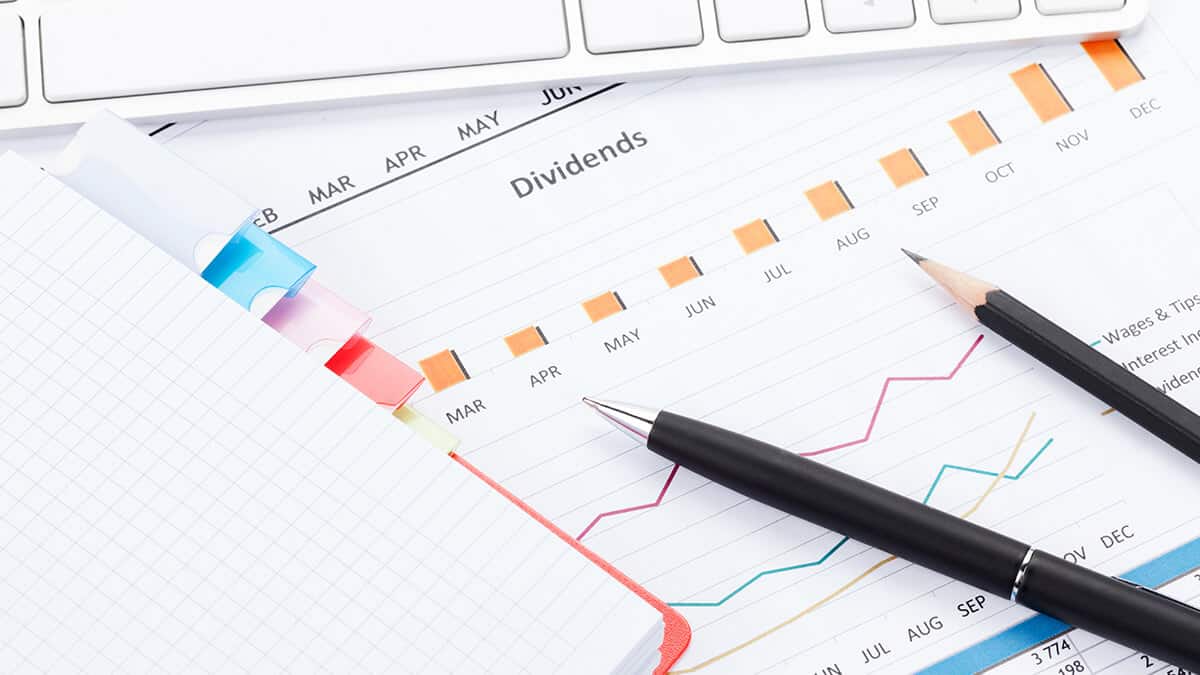In this guide
If you have a self-managed super fund (SMSF), no doubt you are aware that you need to have your fund’s assets valued regularly to remain compliant with Australia’s superannuation legislation.
While the Australian Taxation Office (ATO) generally accepts SMSF asset valuations that follow the guidelines, it may review valuations as part of its ongoing compliance monitoring. The overarching principle is that assets are reported at market value. So be sure you have evidence to support your valuations as well as documentation of the methods used.
What is market value?
The Australian Taxation Office (ATO) defines market value as the following:
Market value is the estimated monetary worth of an asset on the open market at a particular time. It is based on:
- The most valuable use of the asset (which may be different to how it is currently used)
- The amount that a willing buyer and seller would agree to in an arm's length transaction.
Why do assets need to be valued?
There are important legal reasons why SMSF assets need to be valued regularly, including for:
- Preparing the fund’s financial accounts and statements
- Determining the total super balance of fund members (that is, the balance of their accumulation and retirement accounts). Currently, if any super fund member’s balance exceeds $1.9 million, this affects their eligibility:
- to make non-concessional (after-tax) contributions
- to use the bring-forward rule for the non-concessional contributions cap
- for the government’s super co-contribution scheme
- for the spouse super contributions tax offset
- Ensuring that members don’t exceed the $1.9 million transfer balance cap on funds that are moved from the accumulation phase to the retirement phase
- Determining fund member eligibility for carry-forward concessional contributions (your total super balance must be less than $500,000 at 30 June of the previous financial year.
- Ensuring any assets are acquired or transferred on an arm’s-length basis (at market values) to either related or unrelated parties
- Calculating the market value of the fund’s in-house assets (which cannot be more than 5% of the market value of the fund’s total assets). In-house assets are investments with (or loans made to) fund members or their related parties
- Ensuring that any collectable or personal use assets of the fund are disposed of at current market values
- Determining the value of assets that support an SMSF fund member’s pension.
What is the ATO’s recommended approach?
The table below provides the ATO’s guidelines on how different types of SMSF assets should be valued for different types of events.
| Event/asset | Valuation requirement |
|---|---|
| Preparing SMSF financial accounts and statements | All assets must be valued at market value based on objective and supportable data on June 30 of the year you are lodging. |
| Calculating members’ total super balances | Market valuations need to be done for assets supporting members’ retirement income streams and accumulation accounts on 30 June each year based on objective and supportable data. |
| Collectables and personal use assets when sold or transferred to a related party | The market value of these assets must be determined by a qualified independent valuer. |
| Acquisition of an asset from a related party of the fund | All acquisitions must be made at market value based on objective and supportable data. |
| Disposal of an asset to a related party of the fund | Sale price should reflect a true market rate of return. |
| Determining the value of assets that support super pensions or income streams and, from 1 July 2017, count towards the transfer balance cap | The market value of these assets needs to be based on objective and supportable data on the day the pension is started or on 1 July during any year in which the pension is paid. In some circumstances, a reasonable estimate may need to be made. |
| Testing the market value of the fund’s in-house assets (to ensure they don’t exceed 5% of the value of the fund’s total assets) | The market valuation should be done on 30 June each year and based on objective and supportable data. |
| Determining market value of assets eligible for transitional CGT relief | Valuations must be based on objective and supportable data. |
| Listed securities (e.g. shares and listed managed funds) | These assets must be valued at their closing price on their approved stock exchange or market (e.g. the Australian Securities Exchange or ASX) on 30 June each year. |
| Unlisted securities (e.g. shares in private companies or units in unlisted trusts) | To determine market value, fund trustees (or an independent valuer) need to consider the value of the assets in the company or trust, and/or the amount paid for the unlisted security. |
| Real property | A valuation is not required each year, but it should be done if market conditions or other circumstances that may affect the property’s value have changed. For example, if renovations have been done to an investment property owned by the SMSF, or if the net income yield of a commercial property has changed. This valuation could be done via an independent appraisal or by researching recent selling prices of similar properties to use as comparable, objective valuation data. |
Super tip: When preparing your SMSF financial accounts, it’s important to have asset valuation(s) done early as it’s advisable to have these ready by the time you appoint an auditor. It will make their job easier and it’s likely to reduce the time they take to complete the audit.
Who can value assets?
From the ATO’s point of view, it’s the valuation process that’s important rather than the person conducting it. SMSF trustees can generally value fund assets themselves provided they use objective and supportable data as the basis for their valuations. The exception is collectables and personal use assets where the services of a qualified independent valuer must be used.
Qualified independent valuers must be unrelated to any fund members and will likely have formal qualifications and/or professional knowledge and experience in valuing specific types of assets.
Fund trustees have the option of using professional valuers for their other SMSF assets. The ATO recommends using a qualified valuer for assets that represent a significant proportion of the fund’s total value, or where the nature of the asset means valuation is likely to be complex..
SMSF auditors may also request an independent valuation of SMSF assets as a part of their normal annual audit. SMSF auditors must be approved by the Australian Securities and Investments Commission (ASIC).



